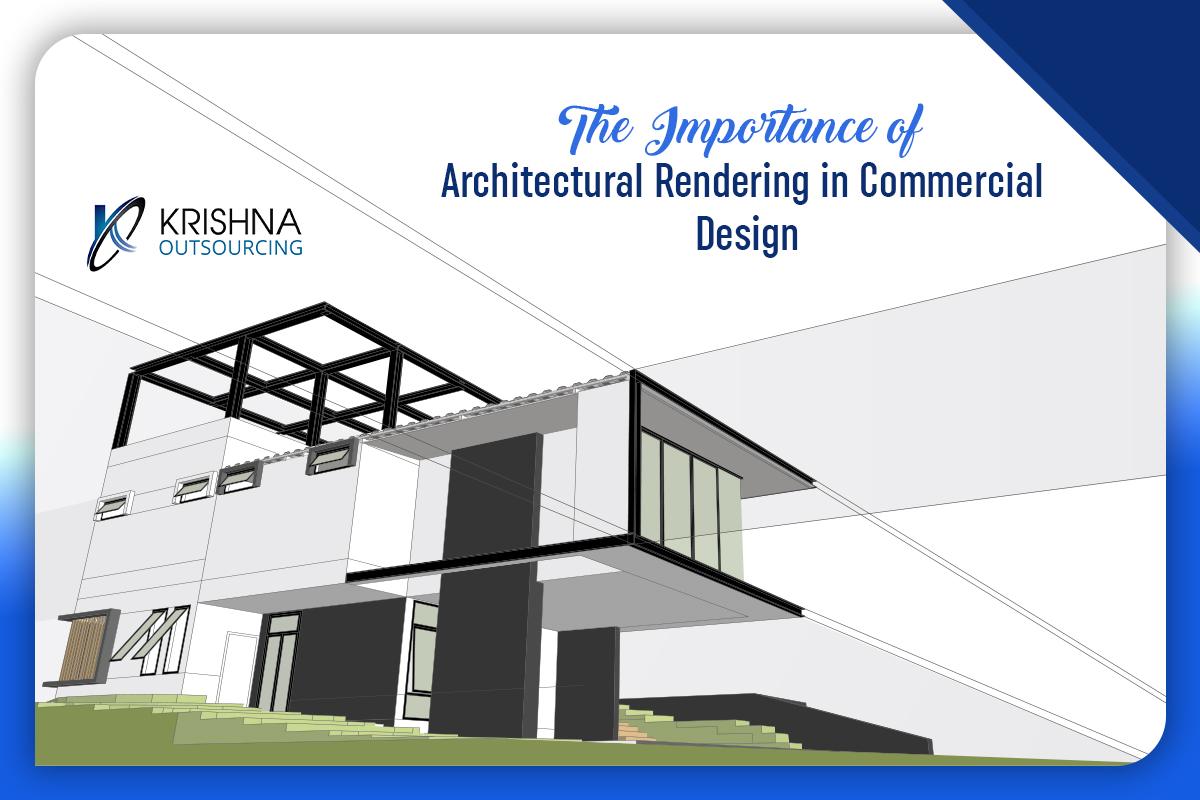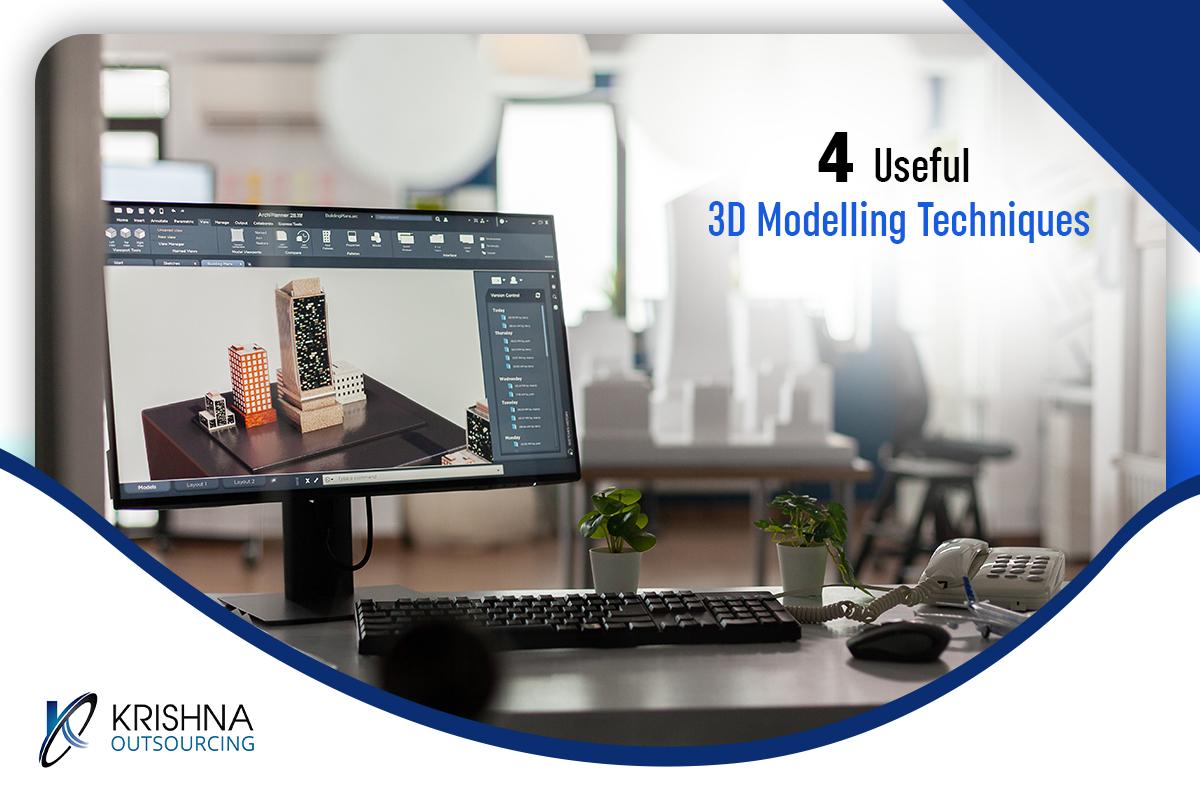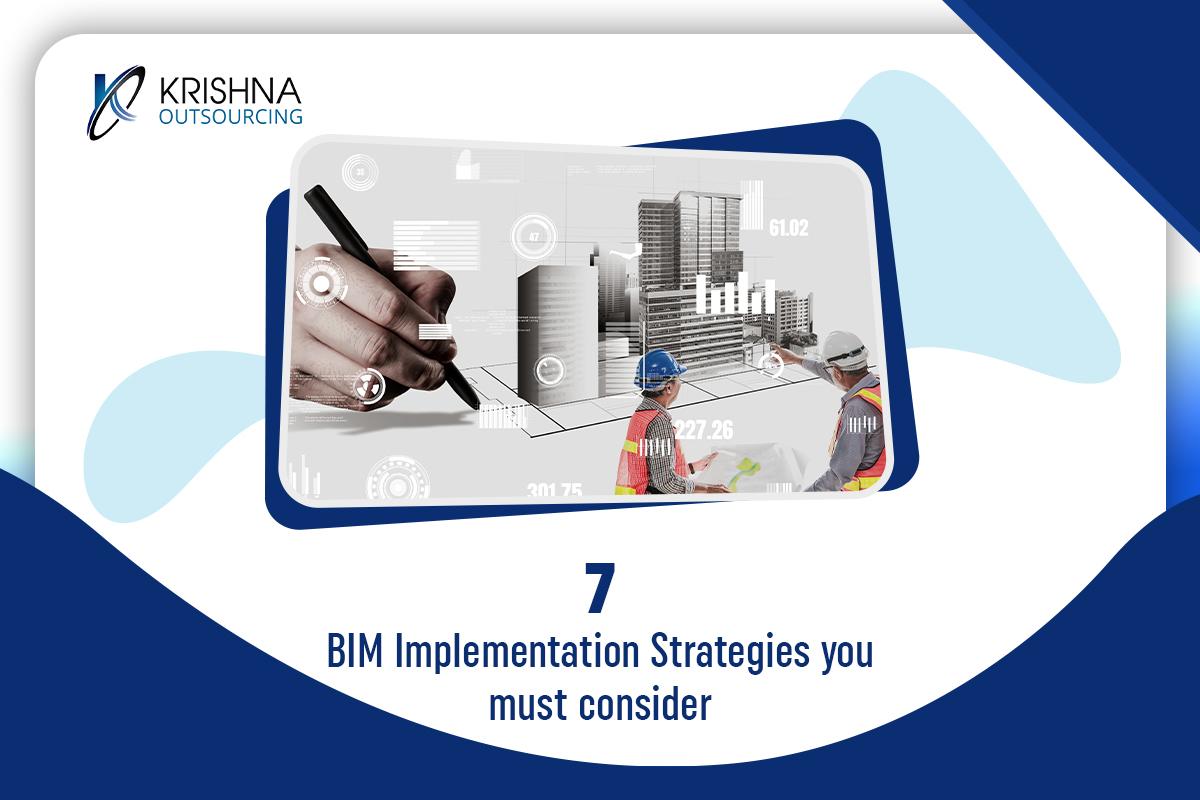Clash detection is a very crucial part of the BIM process. It speeds up the projects by identifying conflicts between various models during the designing phase. Here, clashes are identified in all the construction disciplines like architectural, structural, and MEP through a computerized or automated approach. The clash detection process is done within a 3D model with the help of some specific software.
It helps architects and contractors to find and solve the problems at the initial stage of the project. Clash detection can save the project from budget hikes and delays. It also increases the accuracy and efficiency of the project model. Three types of clash detection procedures can be seen in BIM modeling; hard, soft, and 4D/workflow.
If you want to increase your project’s performance and reduce the chances of errors and rework. Then outsource the BIM Clash Detection Services to Krishna Outsourcing.
Types of 3D BIM clash detection
1) Hard clash
A hard clash usually occurs when two or more components share the same space or pass through each other. It could be an intra-discipline clash, such as a duct colliding with a pipe. Or an inter-discipline clash, such as an air conditioning duct inside a load-bearing wall.
Here, hard clashes are identified by implementing the geometry, semantic, and rule-based algorithms on the BIM object with embedded information. Tools or software like Naviswork efficiently determine the hard clashes. While the rule-based clash detection on embedded object data excludes common construction mistakes.
2) Soft Clash
A soft clash occurs when the component is not given the geometric or spatial tolerance it needs. It also happens because of the breach in the buffer zone that negatively impacts access, maintenance, and safety.
MEP services will require spatial tolerance to facilitate maintenance at a later stage. For example, an air conditioning unit may need some buffer space from a beam for safe and easy maintenance access. Ignorance of soft clashes may cause several maintenance problems and safety issues. Providing necessary object-related tolerance data to BIM software can significantly detect soft clashes as per application standards & regulations.
3) Workflow or 4D Clash
Work-flow or 4D clashes happen due to conflicts in contractor scheduling, equipment & material delivery, and general workflow timeline. However, these problems are not directly connected to the design. Still, it can significantly affect the ongoing working timeline.
A workflow clash can decrease a project’s efficiency. It also has a domino impact that can ultimately bring the whole project to a standstill. However, BIM clash detection software can help contractors properly schedule various activities. So they can avoid workflow clashes during the project.
Some key benefits of clash detection
- It significantly reduces errors in the construction process.
- It decreases overall costs, material wastage, and mitigated risks in a construction project.
- It enhances productivity and speeds up the construction process.
- It brings noteworthy improvement in scheduling & sequencing.
- It makes accurate estimation in all the phases of construction that increases the safety of the construction site.
Conclusion
The BIM clash detection software has brought revolutionary changes in construction design. They have made it simple to envision, analyze, and eliminate clashes in the pre-construction phases.
The clash detections strengthen the collaboration among the stakeholders related to the project. It also brings significance, profitability, and prestige to a construction project. So, if you are also interested in taking advantage of BIM clash detection, contact Krishna Outsourcing.
At Krishna Outsourcing, we provide the best BIM clash detection and 3D architectural walkthrough services. We are the prominent BIM Modeling Service Provider in India. Contact us at +91 8460 220 396 or +1845 445 4108 to get a quote or to learn more about our services.







